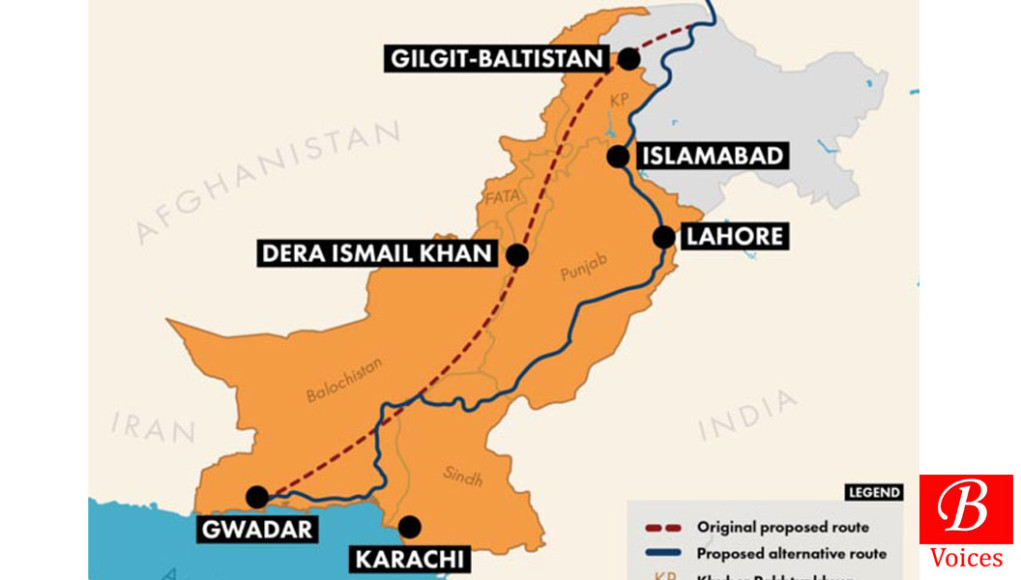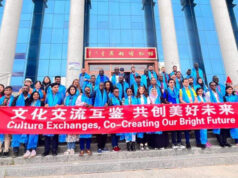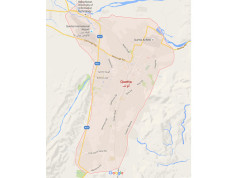Suhail Mandukhel
For China, the only grail is to worship on the temple of mammon. Investment, corporation, supply chain and trade; all these terminologies are favourite food on the plate for China. In past, whenever the maxim “trade not territory” was discussed, East India Company would transpire in one’s minds. Its watchword was trade. Actually, territoriality was British aim. Today China is being typecast as “fellow-traveller” of Imperialists. But the difference between former and latter is the mode of trade. Britain was champion in expanding territorial hold while Chinese believe in mutualism.
Over-familiarity of China with Pakistan has impelled Baloch people to have a reasonable fear of being submerged by Chinese people. This apprehension of indigenous people is picking up momentum and for the very first time, the term “Demographic change” was used by one of the Baloch Nationalist parties. As a result people began to raise voice against the unduly influx of Chinese into Balochistan. There is no denying of the fact that no nation can compromise on its demographics as aptly remarked by Arthur Kemp that “Demographics is destiny”.
Federation of Pakistan chambers of commerce and industry launched a report in Dec 2016 which stated that 0.44% persons on per thousand Chinese is pouring into Balochistan annually due to economic reasons. This corroborates the notion and increases the fear that 60,000 people per year would settle in Pakistan after CPEC is set to proper functioning. This Chinese influx may outnumber indigenous Baloch population for population rate of China is 0.43%. Keeping the influx rate and growth rate of Chinese population in view, it has been predicted that by 2048, Chinese nationals will outnumber native people of Balochistan. The trade-based infiltrations might have a serious implication for the people living in Balochistan.
Now, question is; how such submergence of local people can be prevented. It is possible if government shifts its policies to ensure implementation of the following points.
First, Youth of Balochistan must be trained in specialized institutes so they can be equipped with skill, required for projects which need skilled workers.
Second, government must ensure local participation in Business ownership, civic authorities, bureaucracy, trade-chambers, fishery and corporations.
Third, to keep up with Chinese prowess, students of Balochistan must be educated in leading Chinese institutes. Conclusively, these timely steps should be taken for addressing concerns of the people living in Balochistan.
Disclaimer: Views expressed in this article are those of the author and Balochistan Voices not necessarily agrees with them.
Share your comments!








